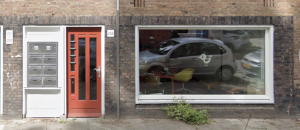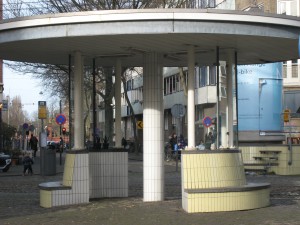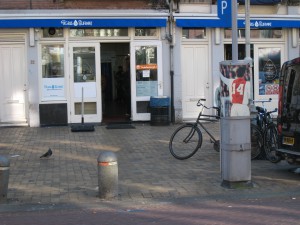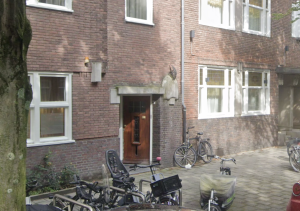On March 22, 2025 (Saturday), between 16:00 and 21:00, a bus will operate on a temporary circular route in Amsterdam, connecting four waiting spots with a total of four rounds. click here to view the map
-
1. BOOKS at
 Columbusplein 233, 1057 TX 16:0017:2118:4220:03
Columbusplein 233, 1057 TX 16:0017:2118:4220:03 -
2. Stirumplein
 Van Limburg Stirumplein, 1051 VJ 16:2017:4119:0220:23
Van Limburg Stirumplein, 1051 VJ 16:2017:4119:0220:23 -
3. Tigris & Eufraat
 Javastraat 20H, 1094 HH 16:4218:0319:2420:45
Javastraat 20H, 1094 HH 16:4218:0319:2420:45 -
4. Breughelstraat 6
 Breughelstraat 6, 1077 LC 17:0418:2519:4621:07
Breughelstraat 6, 1077 LC 17:0418:2519:4621:07
Please select the location and time where you would like to board. You can get off at any stop.
mercury patio is a process of waiting and riding initiated in June, 2022. The moniker, ‘mercury patio’, is borrowed from a waiting room at Ueno station on the Ginza line of Tokyo Metro. Only commuters who enter the station through the specific gate can access there. This lounge, equipped with payphones, benches and vending machines, is also a space to place the statue of Mercury, who in Roman mythology is the god of travel, boundary, trickery and message.
Project by Qihang Li
Website made by Michelle Lin
Logo by Theetat Thunkijjanukij
Generously supported by Amsterdams Fonds voor de Kuns with thanks to BOOKS at and Tigris & Eufraat
Contact: mercurypatio@gmail.com
